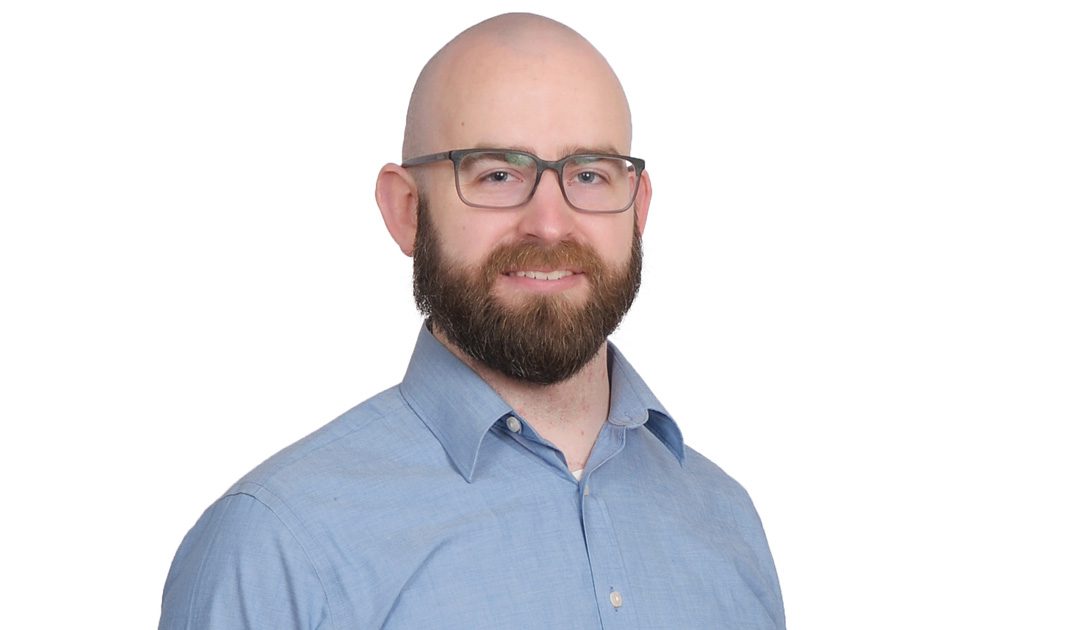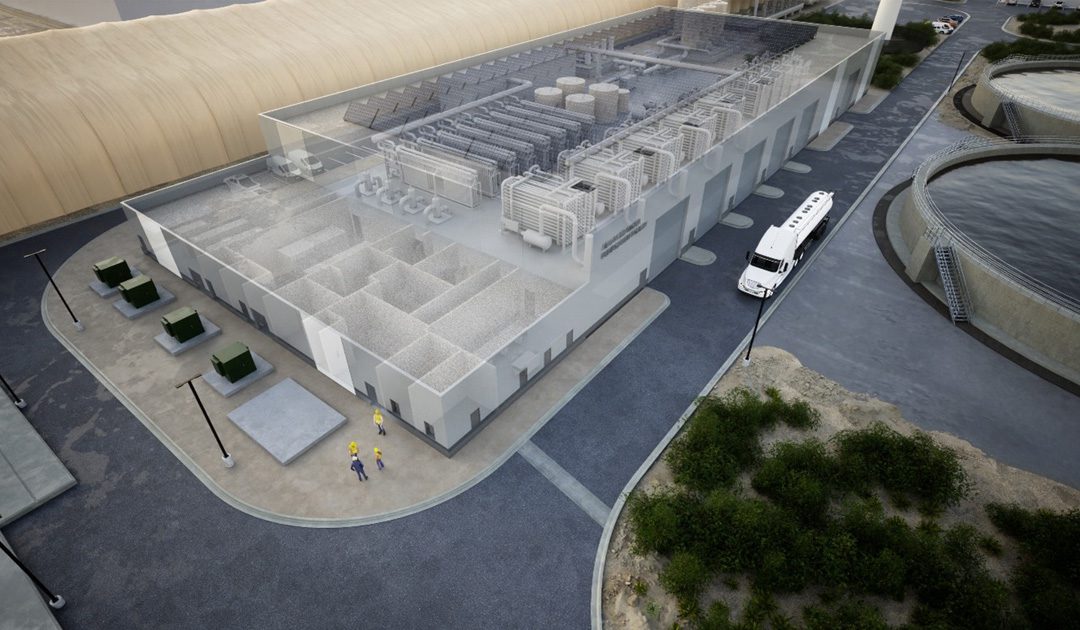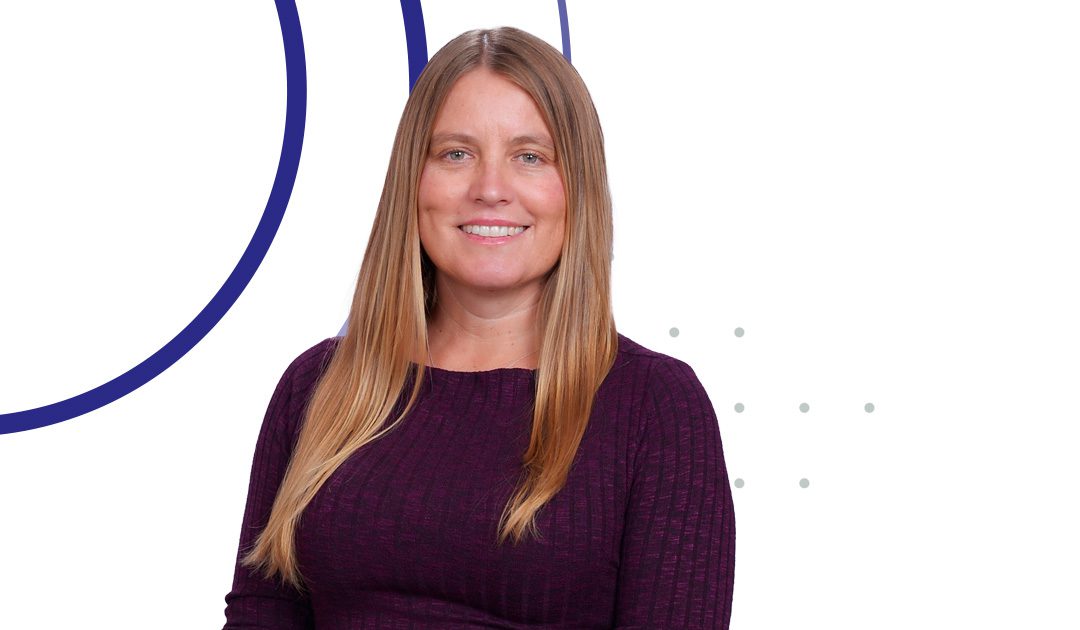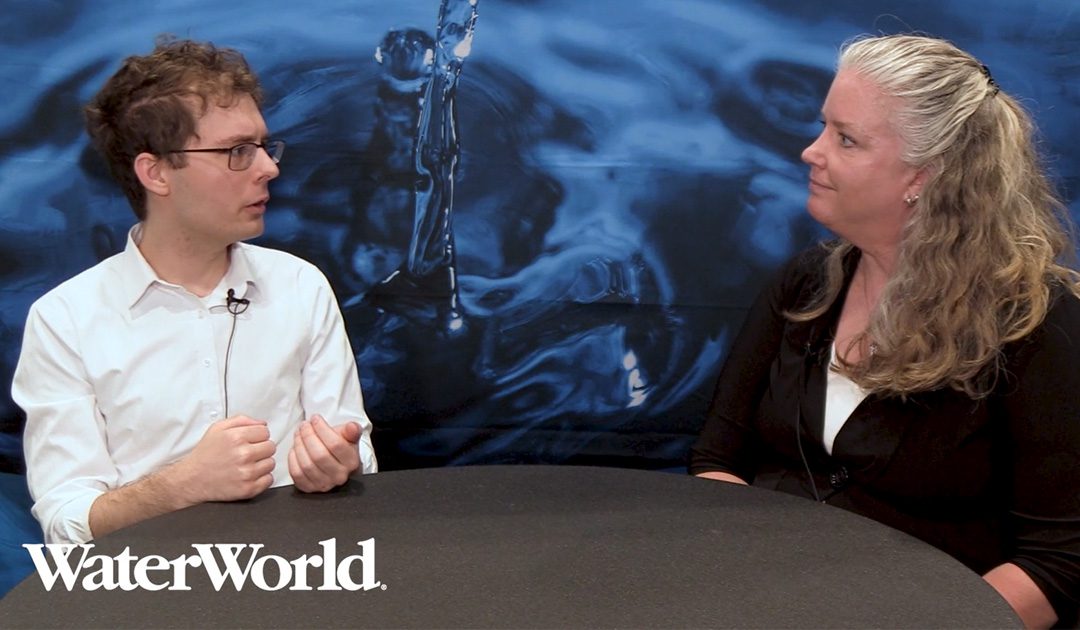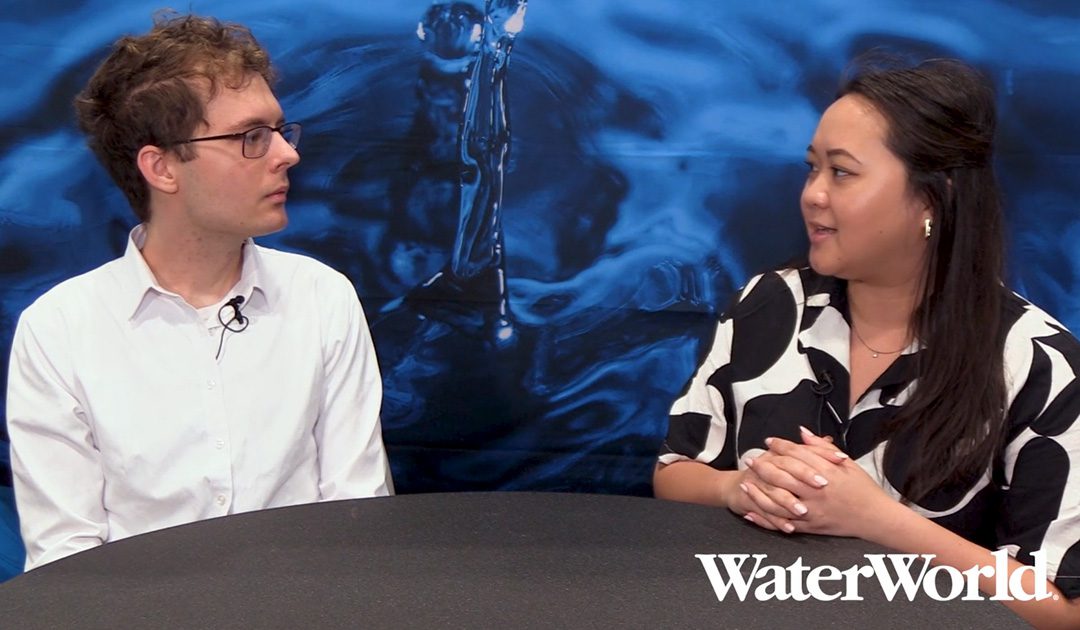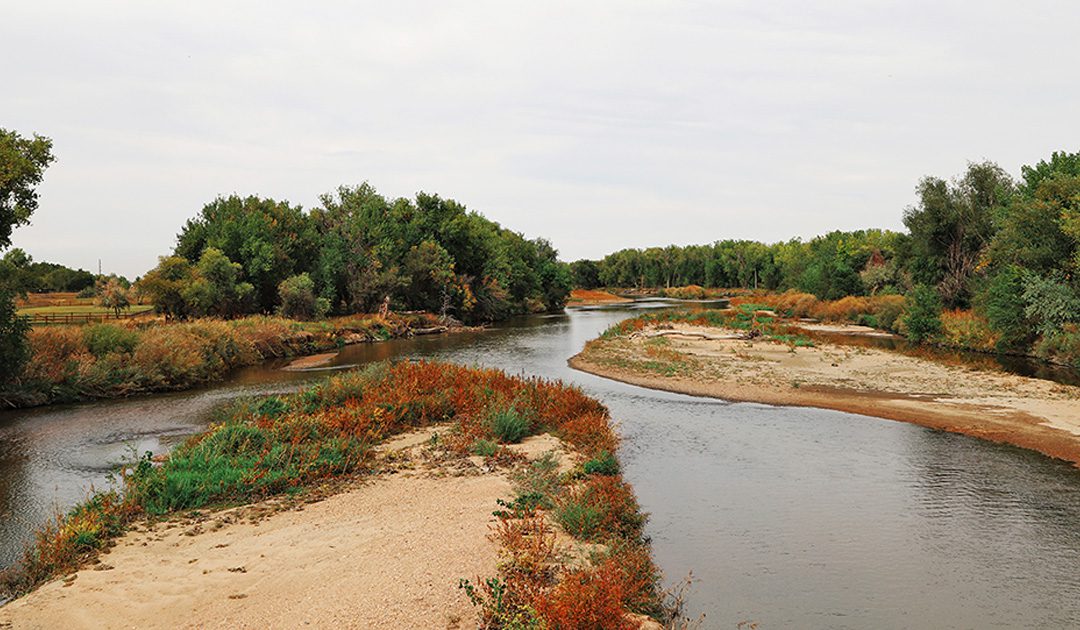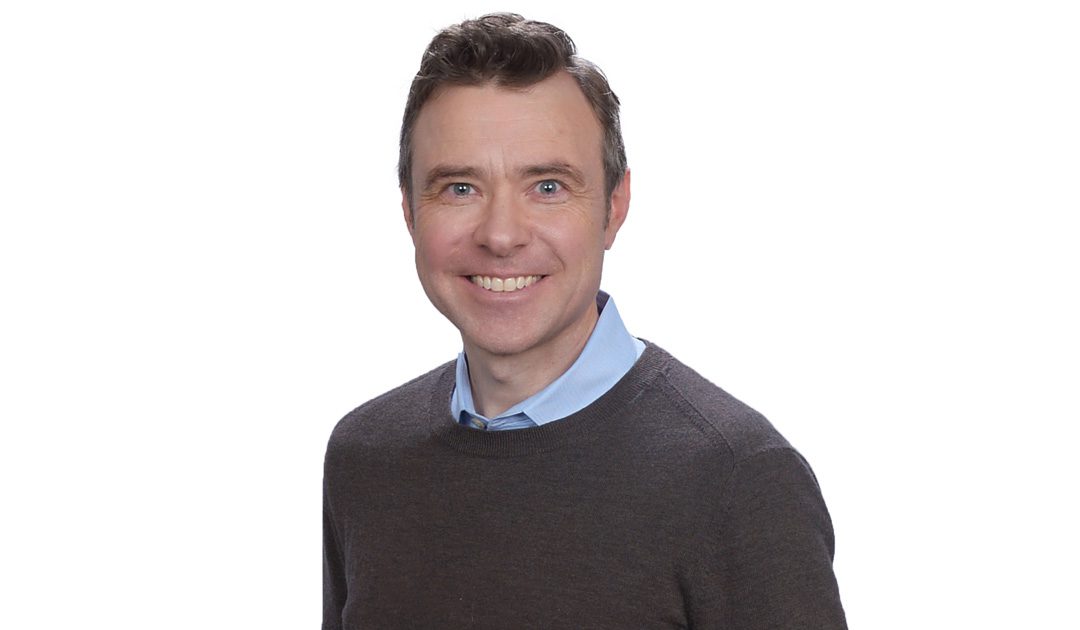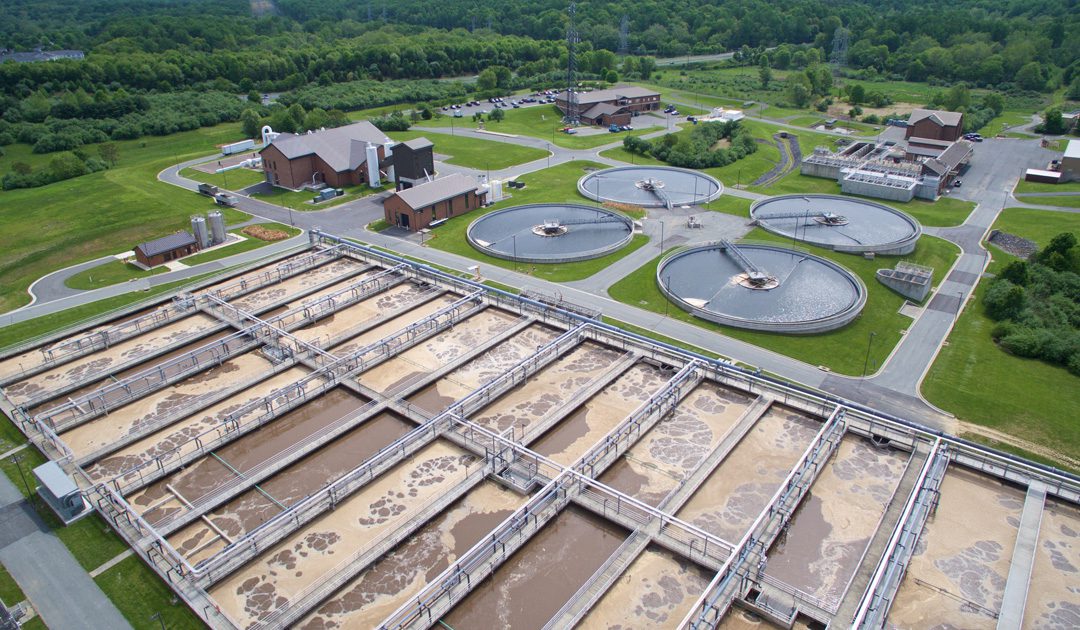DENVER, Colo. — Brown and Caldwell has strengthened its digital service offering as tech industry leader Allan Luk joins the firm as senior director of digital solutions. The strategic hire enhances the firm’s ability to assist clients through their digital transformation journey to optimize infrastructure and operations while saving time and money.
Luk joins the company having held various leadership positions at a global provider of mass-data storage infrastructure solutions. His 23 years of tech industry experience includes digital transformation, advanced analytics, artificial intelligence/machine learning, product and solutions development, and customer engagement. He brings a proven ability of implementing analytical and technical solutions to exceed business metrics across various sectors.
As senior director of digital solutions, Luk will utilize his tech industry knowledge to lead and grow Brown and Caldwell’s digital capabilities. He will augment a best-in-class team of practitioners focused on assisting clients in technology planning and making informed decisions with robust tools and associated processes, user-friendly interfaces, improved data management and quality, and advanced analytics. He will also partner with the firm’s technical subject matter specialists to develop and implement emerging digital solutions to help solve clients’ complex challenges related to aging infrastructure, climate change impacts, the increasing cost of water, and mounting workforce development needs.
Brown and Caldwell Chief Technical Officer Wendy Broley commented on the appointment:
“In a rapidly evolving environment, utilities are eager to access the benefits of digital transformation to better leverage their data, optimize operations, support decision making, train operators, and improve customer service. Allan’s unique perspectives and strong technology background will complement our team of industry-leading experts to strengthen Brown and Caldwell’s digital offering and our ability to help our clients realize their digital future.”
Luk is a certified Project Management Professional with master’s degrees and advanced education in technology, analytics, and program & product management; business analytics and strategic innovation; and mechanical engineering.
CHINO, Calif. — The Chino Basin Program (CBP), a program led by the Inland Empire Utilities Agency (IEUA) and partners, has reached a significant milestone as environmental engineering firm Brown and Caldwell completes the preliminary design of a new 13.4 million gallons per day Advanced Water Purification Facility (AWPF), a vital component of the innovative water program.
The preliminary design, developed in partnership with Water Systems Consulting, Inc., provides the technical feasibility, planning-level design, and preliminary costs for the AWPF that can produce 15,000 acre-feet per year of purified water (water for approx. 100,000 people) for groundwater replenishment that meets Chino Basin water quality objectives and integrates the flexibility to meet potential future regulations.
When integrated into IEUA’s Regional Water Recycling Plant No. 4 in Rancho Cucamonga, the new AWPF will treat recycled water from three sources, conveying purified water to a new aquifer replenishment wellfield for indirect potable reuse. The purification process will be comprised of equalization, microfiltration, reverse osmosis, ultraviolet/advanced oxidation process disinfection, and product water conditioning. In coordination with stakeholders, the stored water will be extracted over the program’s 25-year duration.
This milestone aids in the development of the CBP, a first-of-its kind program that will deliver water security, flexibility, and affordability benefits to both Northern and Southern California. The CBP is comprised of several water treatment, storage, and delivery projects designed to help increase local supply reliability. Once implemented, the projects will address the immediate needs of the region while unlocking the potential for additional storage and water recycling projects in the future.
Brown and Caldwell Project Management Director Andrew Lazenby commented on the new facility’s role within the CBP and integration with IEUA’s recycled water program expansion:
“We congratulate IEUA and program partners on this significant milestone vital to the program’s success. The AWPF is central to CBP operations and considered key infrastructure for IEUA to diversify its water portfolio while maintaining compliance with local groundwater replenishment and augmentation requirements.”
The CBP’s network of new infrastructure and upgrades will begin construction in 2026, with operations anticipated to be phased in by 2030.
As part of a 7-year, $800M capital improvement program (CIP) through 2029 to continue providing safe and reliable water supplies to a growing four-county region in southwest Florida, the Peace River Manasota Regional Water Supply Authority is undertaking several regional potable transmission main projects, the Peace River Regional Reservoir No. 3 Project, and expanding the Peace River Water Treatment Facility (PRF), among other projects.
To evaluate the most appropriate treatment solution to expand the 51 million gallon per day PRF, a technology pilot system was installed and operated under the technical direction of Brown and Caldwell, the Authority’s owner advisor for the CIP. Brown and Caldwell documented treatment effectiveness for four unique technologies in various combinations for an expanded facility.
Watch this video to learn more about the technologies evaluated and how they will inform the preferred design approach for the PRF.
LOS ANGELES — Brown and Caldwell today announce the addition of further water reuse technical leadership as Sandy Scott-Roberts joins the firm as program management director to help California communities tap into drought-proof drinking water sources.
Having spent most of her career at an internationally recognized water district, Scott-Roberts has 20 years of managing capital improvement projects, encompassing the planning, design, and construction of water treatment facilities, including pipelines, pump stations, recharge basins, and injection wells. A career highlight includes managing the final expansion of the 130 million gallons per day Groundwater Replenishment System, the world’s largest water purification system for indirect potable reuse.
In her new role, Scott-Roberts will leverage her experience to assist clients in successfully delivering several multi-year recycled water programs, including playing a key role on the landmark Pure Water Southern California program, one of the largest water reuse programs in the world.
Brown and Caldwell Senior Vice President Dan Bunce commented on the appointment:
“I am thrilled to welcome Sandy to our team. Her experience and technical insight will further bolster Brown and Caldwell’s reputation as a leader in delivering water reuse solutions to achieve the best possible outcomes for our clients and communities.”
Scott-Roberts is a licensed professional engineer with a master’s degree in civil and environmental engineering and a bachelor’s in environmental engineering.
Learn how the City of Boise is advancing recycled water technology to proactively address climate change, build resiliency, and protect the Boise River. By targeting used industrial water as a local resource and investing in an advanced water treatment pilot, Boise is set to solidify the approach to clean and safely return water back to the community.
The planned year of pilot operations will provide Boise-specific data to increase community confidence and provides an early opportunity to operators to have hands-on experience with the new technology.
Watch the video to see how these leading sustainability actions sets Boise up for a more secure water future for generations to come.
LAUREL, Md. — A team of WSSC Water, Brown and Caldwell, and Northwestern University has published research to revolutionize cost-effective, environment-safe nutrient removal at water resource recovery facilities (WRRFs). The $300,000 research project, Demonstration of Progressive Carbon Efficient Nitrogen with Biological Phosphorus Removal in a Conventional BNR Facility, funded by The Water Research Foundation (WRF), sought to study lowering operating costs of biological nutrient removal (BNR) systems while fully utilizing existing infrastructure.
Introduced in the 1970s, BNR techniques have been subject to scrutiny due to high energy demand, reliance on external chemicals, and economic and environmental sustainability concerns. Given these challenges, many utilities worldwide operating conventional BNR facilities are in dire need of innovative alternatives to meet stringent nutrient limits.
To this end, full-scale research at WSSC Water’s 26 million gallons per day Seneca WRRF in Montgomery County, Maryland, addressed this need by demonstrating how efficient management of influent carbon, coupled with simultaneous nitrification and denitrification and post-anoxic denitrification, can reduce both energy and chemical usage while still meeting nutrient standards.
Thus, by utilizing ammonia-based aeration control to maximize influent carbon utilization rather than aerobic oxidation, the facility decreased its energy use by lowering the aeration demand and blower runtimes and reduced the need to purchase additional carbon for denitrification, thus lowering its carbon footprint.
Furthermore, the research revealed that low dissolved oxygen conditions can effectively facilitate combined biological nitrogen and phosphorus removal, thereby reducing the need for high-volume mixed liquor recycling, usually as high as four times the WRRF’s flow.
Through this demonstration process and subsequent full-scale implementation, the Seneca WRRF is on track to save its annual energy and chemical costs by approximately $575,000 as it continues to meet nutrient removal requirements.
WSSC Water is considering deploying the innovative cost-saving strategies throughout its other five WRRFs to maintain affordable and sustainable service for its 1.9 million customers.
The findings of the research, combined with numerous international awards for wastewater excellence, continue to position WSSC Water at the forefront of science-based nutrient removal approaches.
“We congratulate WSSC Water for their unwavering commitment to providing safe and reliable water to its customers and returning clean water to local waterways. This study is a game changer for the water industry as we collaborate with utilities and academia to find the most effective, sustainable, and economical ways to enhance nutrient removal practices while protecting the environment.”
Brown and Caldwell’s Dr. Pusker Regmi, a principal research investigator
###
About WSSC Water
Established in 1918, WSSC Water is the largest water/wastewater utility in Maryland and among the largest in the nation. Our service area spans approximately 1,000 square miles in Prince George’s and Montgomery counties. We proudly serve 1.9 million residents with safe and reliable drinking water and help protect the Chesapeake Bay by treating and returning clean water back to Maryland waterways.
